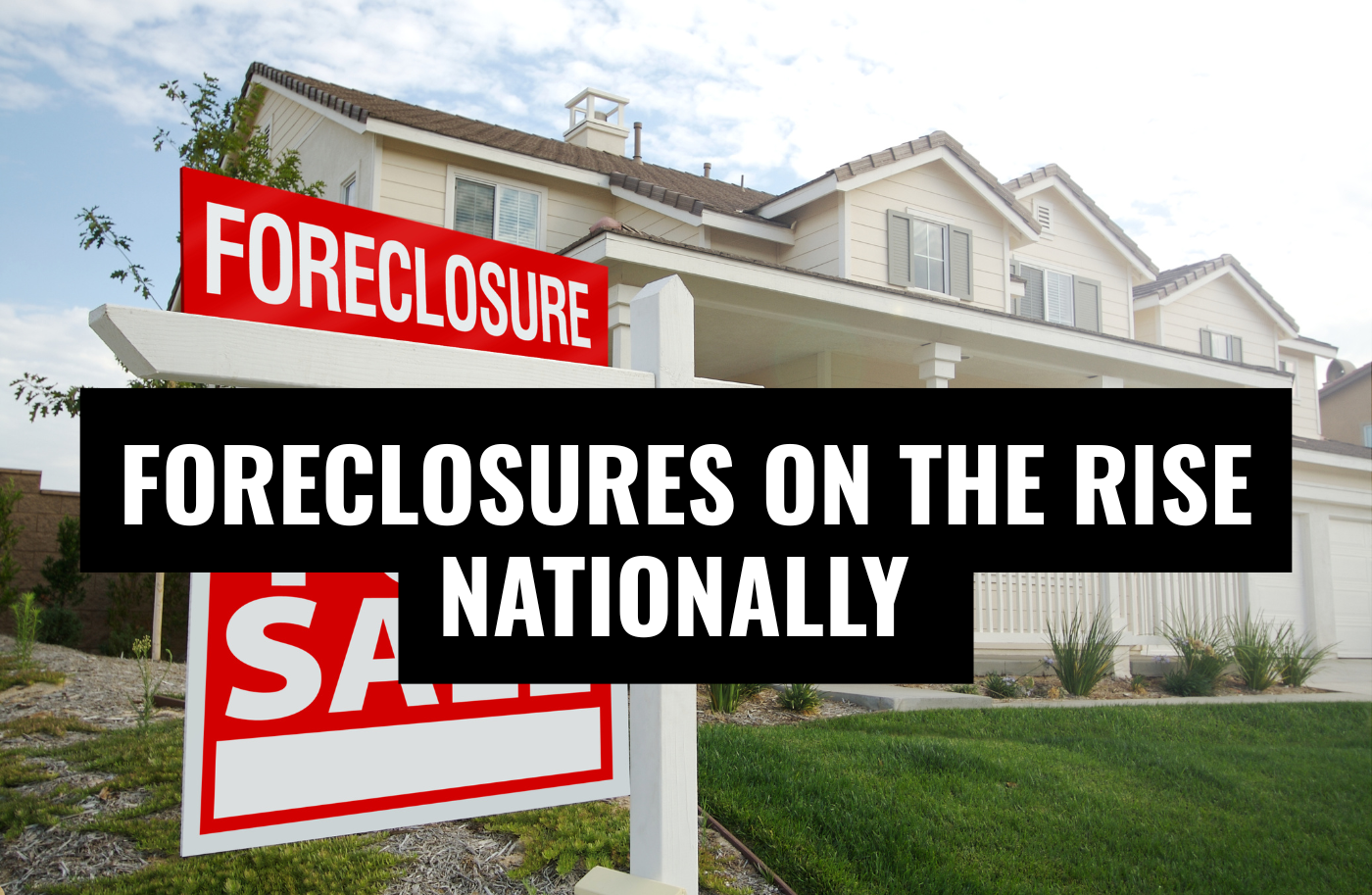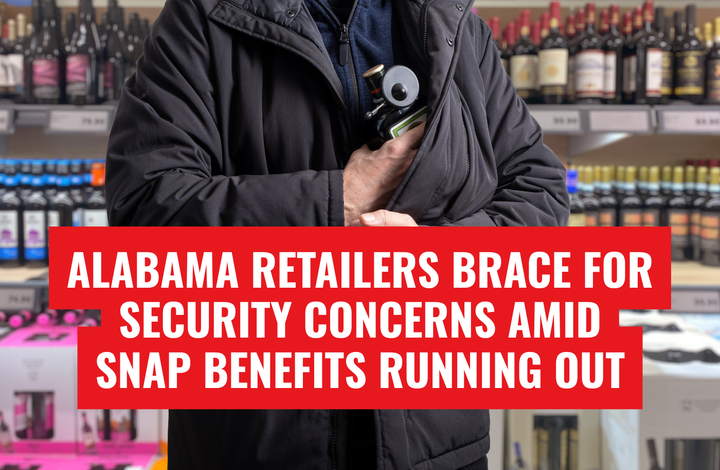Rising Home Foreclosures Signal Economic Pressures Across the United States in Late 2025

As the United States navigates ongoing economic challenges, home foreclosure activity continues to climb, reflecting broader strains on household finances. In the third quarter of 2025, national foreclosure filings reached 101,513 properties, marking a modest quarterly uptick of less than 1 percent but a significant annual increase of over 16 percent compared to the same period in 2024. This trend underscores a gradual but persistent rise in housing market vulnerabilities, with implications for real estate investors, lenders, and local economies from coast to coast.
Nationwide, foreclosure starts— the initial stage where lenders begin the process— totaled 72,317 properties in the third quarter, up 2 percent from the prior quarter and 16 percent year-over-year. Completed foreclosures, where banks repossess properties, also surged by 33 percent annually, reaching 11,723 in the same period. By September 2025, monthly filings stood at 35,602, representing a 20 percent jump from September 2024, though slightly down from August. These figures translate to one in every 1,402 housing units facing a foreclosure filing during the quarter, highlighting a normalization toward pre-pandemic levels after years of historically low activity.
Several factors contribute to this upward trajectory in foreclosures. Homeowners nationwide are contending with escalating costs of ownership, including sharp rises in property insurance premiums, which have climbed nearly 70 percent over the past five years to an average of $2,370 annually. Property taxes, utilities, and maintenance expenses have similarly ballooned, straining budgets already pressured by higher prices for essentials like groceries and energy. Job market slowdowns have exacerbated the issue, with income loss triggering the vast majority of mortgage defaults—often due to unforeseen events such as medical bills or unemployment. Additionally, persistent high interest rates have impacted those with adjustable-rate mortgages, leading to substantial payment increases upon reset.
States like Florida, Nevada, and South Carolina lead with the highest foreclosure rates, where one in every 814 to 867 homes faced filings in the third quarter. Major metropolitan areas such as Lakeland and Cape Coral in Florida, along with Columbia in South Carolina, show particularly elevated activity, potentially signaling regional hotspots tied to tourism-dependent economies or rapid population growth.
Closer to home in North Alabama, the trend mirrors national patterns but with amplified intensity in some metrics. Alabama recorded 554 foreclosures in September 2025 alone, a 27.4 percent increase year-over-year, outpacing the national monthly growth rate. In Huntsville, where the housing market remains robust with median listing prices around $359,000 as of late 2025, foreclosure rates hover at a low 0.05 percent for the third quarter. However, this stability could face tests if broader economic pressures persist, affecting local industries like aerospace, manufacturing, and technology that drive the region's commerce.
For businesses in Huntsville and North Alabama, rising foreclosures nationwide could influence real estate investment strategies, lending practices, and consumer spending. As more properties enter the market through repossessions, opportunities may arise for investors, but they also highlight the need for caution amid potential market softening. Locally, stakeholders in the Huntsville commerce sector should monitor these developments, as they could impact housing affordability and economic growth in a region known for its innovation hubs and expanding workforce.
Looking ahead, experts anticipate foreclosure activity to remain elevated through the end of 2025 and into 2026, though still well below the peaks seen during the 2008 financial crisis. With projections suggesting the U.S. could exceed 322,000 total foreclosures for the year—up from 2024—this trend serves as a reminder of the interconnectedness between housing stability and overall economic health.



